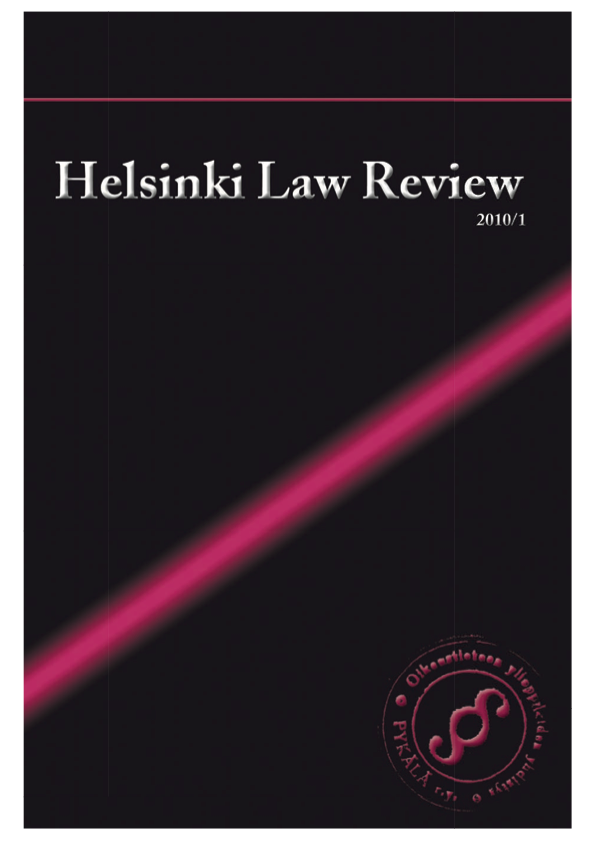Share Issue to the Company without Payment and Use of Shares Issued to the Company without Payment from the Viewpoint of the Company and Some of Its Interest Groups
Abstract
The purpose of the Finnish Companies Act 2006 was to increase operating freedom of Finnish companies limited by shares and to ensure that Finland has internationally competitive regulatory framework. One of the new opportunities brought by the new Act was the share issue to the company itself without payment. The aim of this article is to scrutinize what kind of advantages the new procedure and the use of shares registered in it will give and what kind of risks they might cause to the companies and their shareholders and creditors. Themes dealt with in this article are the procedure for the share issue to the company without payment, use of shares issued in that type of share issue, the compatibility of the EU Capital Directive with share issues without payment, the use of treasury shares from tax law perspective and, finally, the questions that the share issue to the company and use of shares created in it may raise from the viewpoint of shareholders and creditors.
In a share issue to itself, a company can create ‘genuine’ treasury shares which can later be transferred to the shareholders or other subscribers in a new share issue. The main objective behind this new opportunity was to make it easier to use treasury shares as a payment method in mergers and acquisitions. However, genuine treasury shares can be used for many purposes in the same manner than ‘ordinary’ repurchased treasury shares.
From a minority shareholder’s point of view, the share issue to the company seems to be a safe procedure. New shares registered in a share issue to the company are governed by the provisions on treasury shares. Decision-making concerning the allotment of these shares in a share issue is similar than the decision-making process of a fresh issue of new shares. In most cases the treasury shares will not have any impact on the position of shareholders before the transfer of those shares in a share issue. That is why the regulations concerning the share issues in general are more significant from the viewpoint of shareholder protection than the provisions concerning the share issue to the company. However, in some rare situations it might be possible that the share issue to the company itself has some effect on the value of the existing shareholdings. From creditor’s standpoint it is remarkable that the subscription price paid for allotted treasury shares will be credited to the distributable assets of the company. Besides some other factors this gives reason to take a critical approach to the effectiveness of creditor protection through the solvency test adopted in the Finnish Limited Liability Companies Act 2006.


